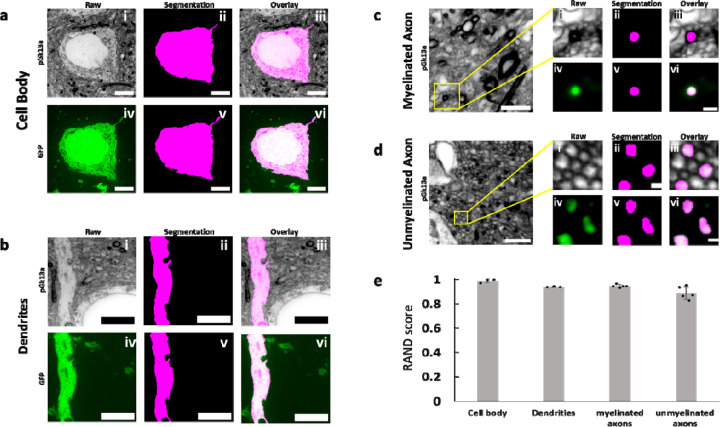Figure 4. Segmentation ability of umExM.
(a.i) Single z-plane confocal image of expanded Thy1-YFP mouse brain tissue after umExM processing, showing pGk13a staining of the membrane. (a.ii) Single z-plane image showing manual segmentation of the cell body in (a.i). (a.iii) Overlay of (a.i) and (a.ii). (a.iv) Single z-plane confocal image of the specimen of (a.i), showing GFP signal of the same field of view as in (a.i). (a.v) single z-plane image showing manual segmentation of the cell body from (a.iv). (a.vi) overlay of (a.iv) and (a.v). (b) As in (a), but for segmenting dendrites. (c) (left) Single z-plane confocal image of expanded Thy1-YFP mouse brain tissue showing pGk13a staining of the membrane. (c.i) Magnified view of the yellow box on the left. (c.ii) single z-plane image showing manual segmentation of the myelinated axon in (c.i). (c.iii) overlay of (c.i) and (c.ii). (c.iv) Single z-plane confocal image of the specimen of (c.i), showing GFP signal of the same field of view as in (c.i). (c.v) Single z-plane image showing manual segmentation of the myelinated axon in (c.iv). (c.vi) Overlay of (c.iv) and (c.v). (d) As in (c), but for segmenting unmyelinated axons. (e) Rand score of pGk13a signal-guided segmentation of cell body, dendrites, myelinated axon and unmyelinated axons, using anti-GFP signal-guided segmentation as a “ground truth.” (n=3 cell bodies and n=3 dendrites from two fixed brain slices from two mice, and n=5 myelinated axons and n=5 unmyelinated axons from two fixed brain slices from two mice). Scale bars: (a.i-vi) 5 μm, (b.i-vi) 5 μm, (c) (left) 2 μm; (i-vi) 0.5 μm, (d) (left) 2 μm; (i-vi) 0.5 μm.

